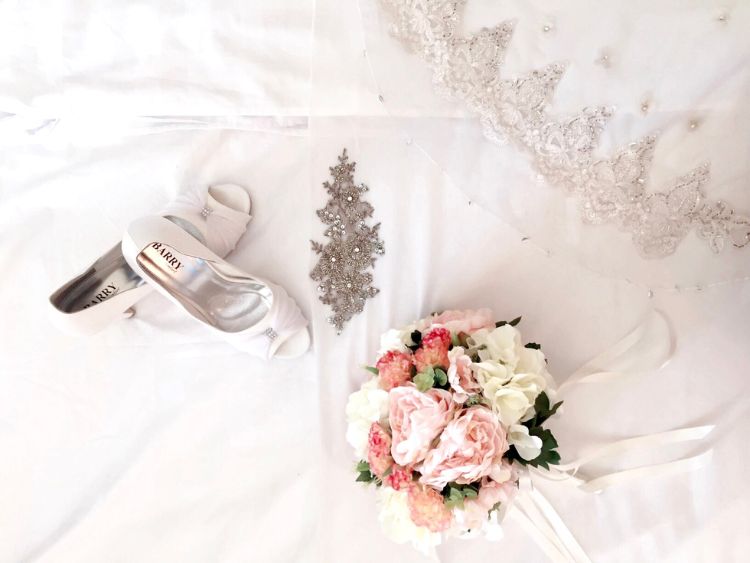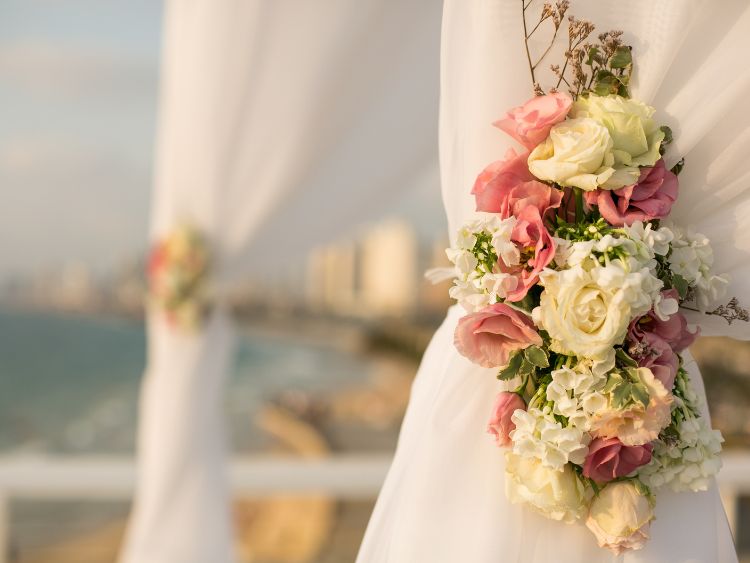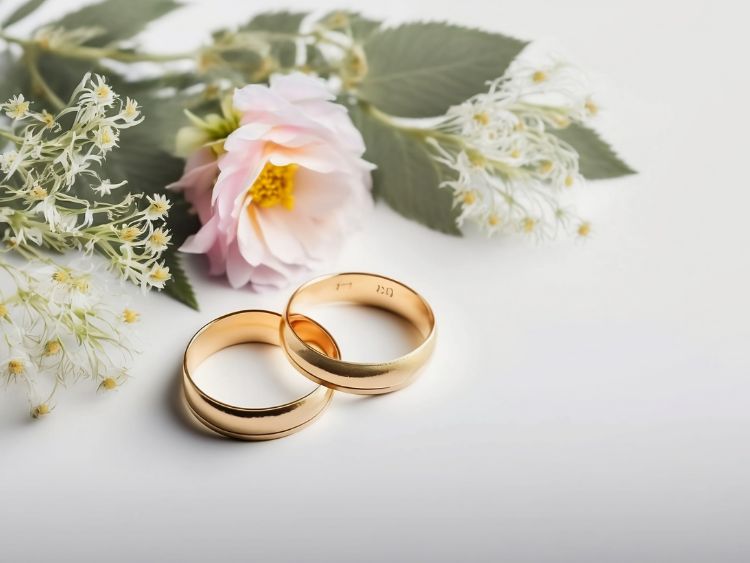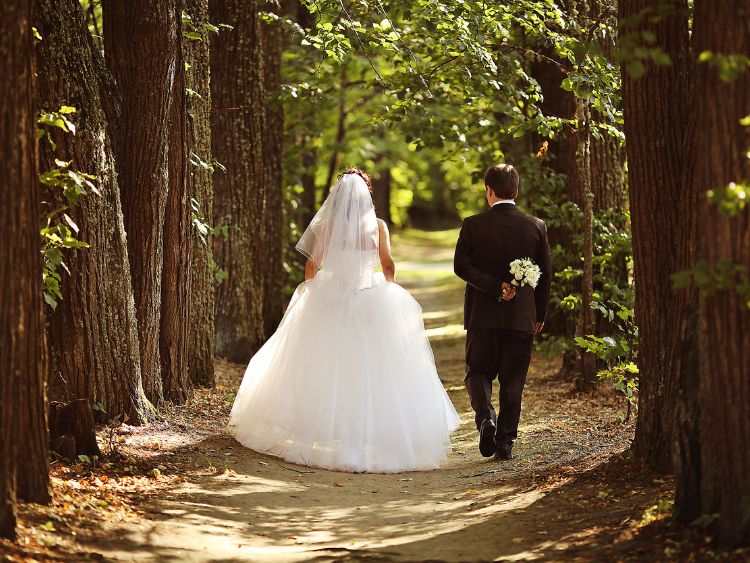Black Tie Dress Code: The Ultimate Guide to Formal Elegance
The term black tie often evokes images of glamour, sophistication, and timeless elegance. But what does a black tie dress code really entail? Whether you’re preparing for a wedding, gala, or a fancy corporate event, understanding the nuances of this formal dress code is essential. The stakes are high—get it right, and you’ll blend seamlessly with the grandeur of the occasion. Misstep, and you risk standing out for all the wrong reasons.
In this article, we’ll delve deep into the world of black tie attire. From what exactly constitutes black tie to how you can personalize it without straying from the tradition, we’ve got you covered. Let’s explore how to master the black tie dress code and make a statement at your next formal event.
What is the Black Tie Dress Code?
When an invitation reads black tie, it’s setting a high standard of dress. But don’t let that intimidate you. Understanding the basics of black tie attire is simpler than you might think. At its core, the black tie dress code is a formal evening dress code traditionally reserved for events that start after 6 PM. It’s a step below white tie—the most formal dress code—but it still demands a significant level of sophistication.
For men, this typically means a black tuxedo, a formal white shirt, a black bow tie, black formal shoes, and often, a cummerbund or waistcoat. For women, the black tie dress code translates to a formal evening gown, but cocktail dresses and elegant separates are also acceptable in some modern interpretations.
The History of Black Tie
The black tie dress code has its roots in the late 19th century. It evolved as a less formal alternative to the white tie dress code, which was the standard for formal evening events. The black tie emerged as a more comfortable option, with the introduction of the tuxedo—a new, stylish, yet slightly less formal evening suit. The tuxedo jacket was initially designed with a shawl collar and no tails, making it more relaxed than the tailcoat worn for white tie events.
As society’s approach to formal events evolved, the black tie dress code became synonymous with evening elegance. It became the go-to attire for various formal events, such as gala dinners, operas, and high-end weddings, striking the perfect balance between formality and comfort.
Black Tie Dress Code for Men
Let’s break down the essentials of the black tie dress code for men.
1. The Tuxedo
The centerpiece of the black tie dress code is the tuxedo. Traditionally, a tuxedo is black or midnight blue and comes with satin or grosgrain facings on the lapels, buttons, and pocket trim. The trousers should have a single stripe of satin or grosgrain running down the leg.
When choosing a tuxedo, fit is paramount. Whether you go for a classic fit or a more modern, slim-fit style, ensure the tuxedo complements your body shape. The jacket should be tailored so that it contours to your body without being too tight.
2. The Dress Shirt
A black tie dress shirt is usually white and can be made from a pique cotton or a pleated front design. It features a turn-down collar, and in some cases, a wingtip collar. French cuffs are a must, accompanied by elegant cufflinks, typically silver, gold, or black onyx.
3. The Bow Tie
The black bow tie is a crucial element of the black tie dress code. While some might opt for a pre-tied bow tie for convenience, a self-tied bow tie is the gold standard. It not only adds a touch of authenticity but also allows for slight imperfections, adding a bit of character to your ensemble.
4. Shoes and Accessories
For footwear, patent leather oxford shoes are the most traditional choice, but well-polished black leather shoes can also be acceptable. Complete your outfit with a cummerbund or waistcoat, which adds a layer of refinement while also helping to conceal the waistband of your trousers. Don’t forget the finishing touches—studs and cufflinks that match your overall look, and a pocket square for a dash of personality.
Black Tie Dress Code for Women
When it comes to the black tie dress code for women, there’s a bit more flexibility, but the level of formality should remain high. Let’s explore the various options.
1. The Evening Gown
The most traditional choice for women attending a black tie event is a full-length evening gown. This could range from classic silhouettes to more contemporary designs, depending on personal style and the specific event. Fabrics such as silk, satin, and velvet are popular choices for creating that luxurious feel.
2. The Cocktail Dress
While the full-length gown is the standard, a sophisticated cocktail dress can be acceptable, particularly for less formal black tie events. If you opt for a cocktail dress, ensure it’s made from luxurious fabrics and has an elegant design. The dress should be knee-length or longer, and the overall look should still convey formality.
3. Separates
In recent years, elegant separates have become a stylish option for women attending black tie events. A floor-length skirt paired with a chic blouse or an embellished top can be just as formal as a gown. The key is to keep the overall ensemble cohesive and refined.
4. Shoes and Accessories
Heels are the norm for black tie events, but comfort should not be sacrificed. Choose a pair of elegant, well-fitted heels that you can comfortably wear throughout the event. Accessories such as statement earrings, a clutch bag, and a wrap or shawl (for added warmth and style) can elevate your outfit to the next level. Remember, less is more—choose accessories that complement your look without overpowering it.
How to Personalize Your Black Tie Outfit
While tradition plays a significant role in black tie attire, there’s room for a bit of personal flair. Here’s how you can add your own twist to the black tie dress code without breaking the rules.
1. Color Choices
Men can opt for a midnight blue tuxedo instead of the classic black for a subtle yet stylish variation. For women, deep jewel tones or metallic fabrics can make your gown stand out while still adhering to the formality of the dress code.
2. Accessories with Character
Men might consider adding a patterned pocket square or cufflinks with a personal meaning. Women can express their style through unique jewelry, a bold clutch, or even a stylish belt over a gown or separates.
3. Textured Fabrics
Choosing a tuxedo or gown with a textured fabric, such as velvet or brocade, adds depth and interest to your ensemble. This can be an especially good choice for winter events, where these heavier fabrics are both appropriate and chic.
Common Black Tie Mistakes and How to Avoid Them
Navigating the black tie dress code can be tricky, and even the most seasoned event-goers can make a faux pas. Here are some common mistakes and tips on how to avoid them.
1. Wearing a Regular Suit Instead of a Tuxedo
A regular suit is not a substitute for a tuxedo. The satin or grosgrain lapels, buttons, and side stripes on the trousers are what set a tuxedo apart. If you don’t own a tuxedo, consider renting one or investing in a well-fitted tuxedo that can be worn for years to come.
2. Inappropriate Dress Length for Women
For women, the length of the dress matters. While some events may allow for a cocktail dress, it’s important to gauge the formality of the occasion. If in doubt, opt for a full-length gown to avoid feeling underdressed.
3. Neglecting the Details
The black tie dress code is all about the details. Make sure your shoes are polished, your bow tie is properly tied, and your accessories are in keeping with the formal nature of the event. Neglecting these small details can detract from an otherwise perfect outfit.
FAQs About the Black Tie Dress Code
Q: Can I wear a colored bow tie to a black tie event?
A: Traditionally, a black bow tie is standard. However, some modern interpretations allow for subtle variations, such as dark navy or burgundy. When in doubt, stick to black to stay within the classic boundaries of the dress code.
Q: Are black tie events only for evening occasions?
A: Yes, the black tie dress code is traditionally reserved for evening events, typically starting after 6 PM. If you’re attending an event during the day, a different dress code, such as morning dress or semi-formal attire, may be more appropriate.
Q: Can women wear pants to a black tie event?
A: Absolutely. Women can wear formal pantsuits or elegant separates, provided they are of a luxurious fabric and styled appropriately for a formal evening event. The key is to maintain the level of formality expected at a black tie affair.
Q: What should I do if I don’t own a tuxedo?
A: Renting a tuxedo is a perfectly acceptable option if you don’t own one. Make sure it fits well, and consider investing in a few personal accessories like cufflinks or a bow tie to add a touch of individuality.
Q: How much jewelry is too much for a black tie event?
A: When it comes to jewelry, less is often more at black tie events. Choose one or two statement pieces, such as a pair of chandelier earrings or a delicate necklace, to complement your outfit without overpowering it.
Conclusion
Mastering the black tie dress code is all about understanding the balance between tradition and personal style. By adhering to the classic elements while infusing your outfit with subtle touches of your personality, you can create a look that’s both timeless and uniquely yours. Whether you’re donning a sleek tuxedo or an elegant gown, the key to success is in the details.
Remember, black tie events are a celebration of elegance. Embrace the opportunity to dress up, enjoy the process, and step into the occasion with confidence. The black tie dress code isn’t just about looking good—it’s about feeling good and exuding an air of sophistication that matches the event’s ambiance.
For more insights into formal dress codes and fashion advice, check out these authoritative resources:



